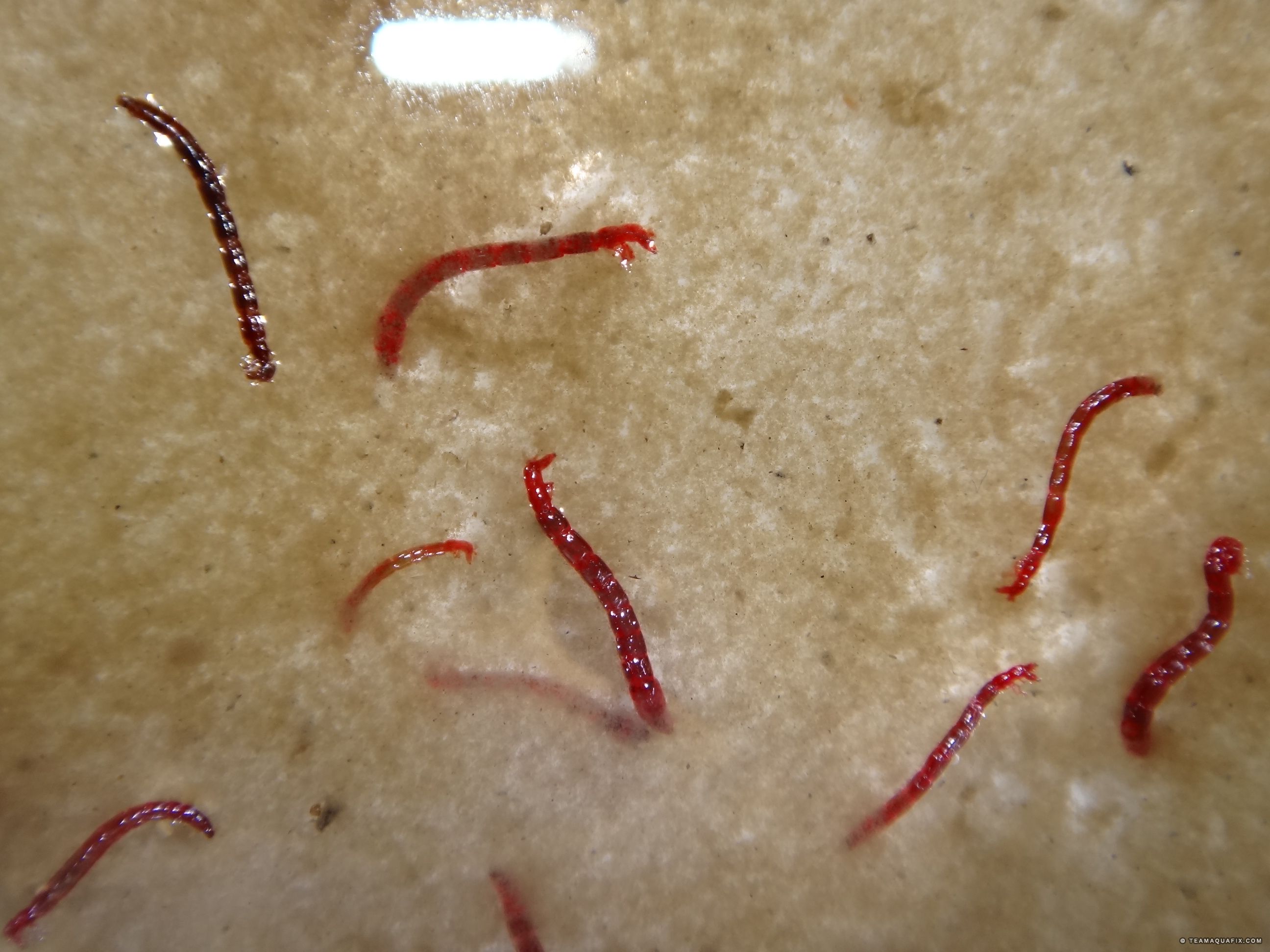Using Red Wigglers for Reliable Organic Waste Disposal
These worms not only boost waste decomposition however additionally yield important worm spreadings, which can dramatically improve soil health and wellness. Recognizing the nuances of setting up an effective worm container and maintaining an ideal habitat is important for maximizing their advantages.
Advantages of Using Red Wigglers
Among the most engaging benefits of making use of red wigglers for natural waste disposal is their amazing performance in composting. These worms, medically called Eisenia fetida, are specifically adapted for damaging down natural products, allowing them to refine waste approximately two times their body weight daily. This quick disintegration not just accelerates the composting process but also generates nutrient-rich worm spreadings that significantly improve dirt top quality.
Additionally, red wigglers contribute to a reduction in landfill waste. By drawing away organic materials from landfills, they help minimize methane emissions-- a powerful greenhouse gas. This eco-friendly advantage is crucial in the battle versus climate modification.
Furthermore, red wigglers are low-maintenance and can flourish in various environments, making them accessible for both novice and seasoned composters. Their capacity to replicate swiftly guarantees a stable populace, promoting continuous waste processing.
Establishing Your Worm Container
Producing an effective worm container is necessary for taking full advantage of the benefits of composting with red wigglers. The very first step is selecting an ideal container. A bin made of plastic or timber, with a capacity of 10 to 20 gallons, is ideal. Make certain the bin has adequate water drainage holes to avoid excess wetness, as red wigglers thrive in a moist but not soaked environment.
Once the container is established, introduce the red wigglers, allowing them to accustom to their new environment. It's crucial to check dampness levels and temperature routinely. A well-maintained container will certainly not only sustain the wellness of the worms however also promote reliable decay of natural waste. By adhering to these guidelines, you can create a growing environment that contributes to lasting waste monitoring.
What to Feed Red Wigglers
An understanding of the proper diet regimen for red wigglers is essential for keeping a healthy and balanced worm populace and maximizing composting performance. Red wigglers grow on a varied diet regimen that largely includes natural products. Suitable food sources include vegetable scraps, fruit peels, coffee premises, eggshells, and shredded paper. These things not just supply crucial nutrients yet additionally add to the wetness balance within the worm bin.
It is essential to avoid specific foods that can harm the worm population. Red wigglers ought to not be fed meat, dairy products, oily foods, or refined products, as these can draw in pests and produce unpleasant smells. red wigglers. Additionally, citrus fruits and spicy why not try here foods must be reduced, as their acidity can be destructive to worms
To advertise optimal food digestion, food must be chopped right into smaller items, assisting in quicker break down and intake. Presenting food in moderation is likewise essential; overfeeding can bring about anaerobic conditions and bring in unwanted pests. Checking the worm bin for food intake rates will certainly help make certain that red wigglers are getting an adequate diet plan while keeping an effective composting setting. Appropriate feeding techniques are vital for fostering a prospering ecosystem within the worm bin.
Maintaining Your Worm Habitat
A well-maintained worm habitat is important for the health and wellness and efficiency of red wigglers. To guarantee ideal conditions, it is important to monitor temperature, moisture, and aeration within the worm container (red wigglers).
Dampness degrees must be kept regular; the bed linens ought to be wet but not soaked. An excellent rule of thumb is to keep dampness at approximately 70% to 80%. If the bed linen comes to be also damp, it can cause anaerobic conditions that are harmful to the worms. Adding completely dry carbon-rich products, such as shredded paper or cardboard, can aid take in excess dampness.

Using Worm Spreadings in Gardening
Rich in nutrients and valuable microbes, worm castings act as a remarkable natural plant food for horticulture. Produced with the digestion procedures of red wigglers, these castings include a selection of crucial nutrients, including nitrogen, phosphorus, and potassium, which advertise robust plant growth. Unlike artificial fertilizers, worm spreadings provide a slow-release device, guaranteeing that nutrients are available to plants over an extensive duration, therefore decreasing the risk of nutrient leaching and soil exhaustion.
Along with vitamins and mineral content, worm spreadings boost soil structure and oygenation, boosting moisture retention and drainage. The microbial life existing in worm spreadings helps to subdue virus and promotes a healthy soil environment, further benefiting plant health and wellness. When incorporated into the soil or used as a top clothing, worm spreadings can substantially boost seed germination rates, root growth, and general plant vitality.
For optimal results, gardeners should use worm castings at a rate of 1-2 inches per square foot, mixing them into the dirt or integrating them into potting mixes. Overall, making use of worm spreadings is an eco-friendly technique to improving dirt fertility and making sure thriving yard atmospheres.
Final Thought

Comments on “Red wigglers: What you need to know”